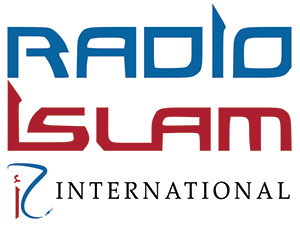
Azra Hoosen | ah@radioislam.co.za
26 March 2025 | 14:00 CAT
2 min read
The South African Air Force is in a dire state, with only two operational fighter jets, a single helicopter, and three fighter jet trainers. More than 330 aircraft, including fighter jets, helicopters, and planes crucial for rescue missions, remain grounded, awaiting repairs that may never come.
Military expert Helmoed Heitman paints a concerning picture of the nation’s defense capabilities, explaining that the crisis extends beyond just the Air Force. “The bulk of the Air Force is not flying, just like the bulk of the Navy’s ships are not currently going to sea,” he said. He described the problem as a “complex one.”
According to Heitman, the primary issue is an insufficient budget. “It is partly simply that the budget is too small. End of story,” he stated. However, this financial strain is compounded by unfunded missions assigned to the South African National Defence Force (SANDF) by the government. These include peacekeeping operations, responding to illegal mining, and even repairing failing infrastructure. With no additional funding allocated for these responsibilities, the defense force is forced to divert its already limited resources.
Maintenance issues further exacerbate the crisis. Heitman pointed to problems with Armscor’s handling of support contracts and the collapse of Denel, which has left critical aircraft, such as the Rooivalk attack helicopters and Oryx transport helicopters, without proper maintenance. “The Air Force itself is doing the best it can, but if you have not got money, you cannot do anything with it,” he explained.
The consequences of this neglect are severe. “At the moment, we do not effectively have a functioning Air Force. In fact, we do not effectively have a functioning Navy either. The Army is not as badly off because most of what it does in peacetime is infantry work, and we have infantry. They tend to be overaged and some overweight, but they are there,” he said.
Beyond simply maintaining military readiness, South Africa’s lack of air capability has already had tangible effects. Heitman pointed to recent conflicts where the country struggled to respond effectively. “When we deployed to the Democratic Republic of the Congo, we could not do so quickly because we did not have airlift capacity. We relied on charters. We could not provide air support in Cabo Delgado, Mozambique, either. The force was far too small, and our support never functioned,” he said.
The broader implications of a weakened defense force are alarming. “We cannot really protect ourselves, but fortunately, there is nobody about to attack us,” Heitman remarked. However, he cautioned that instability in neighbouring countries could spill over into South Africa, leading to challenges such as mass refugee movements that the country is ill-equipped to handle. “We do not have enough soldiers. That is why the defense force has 15 companies on the border when they have said repeatedly the minimum is actually 22,” he added.
Heitman recalled how, for years, Members of Parliament from all parties advocated for more defense funding, yet nothing has changed. “Every defense debate from 1995 to 2010 had every defense spokesman arguing for more funding. Nothing ever happened,” he said.
Despite the bleak outlook, he acknowledged that the Army remains respected among the public, citing its effectiveness during the July 2021 riots in KwaZulu-Natal and Gauteng. However, he warned that if a major disaster, such as severe flooding or a large-scale rescue mission, were to occur today, the SANDF simply does not have the aircraft to respond.
South Africa’s defense force stands at a crossroads, underfunded, under-resourced, and overburdened. Without urgent intervention, its ability to protect the nation and contribute to regional stability will continue to decline.
LISTEN to the full interview with Muallimah Annisa Essack, and Military expert Helmoed Heitman, here.








0 Comments